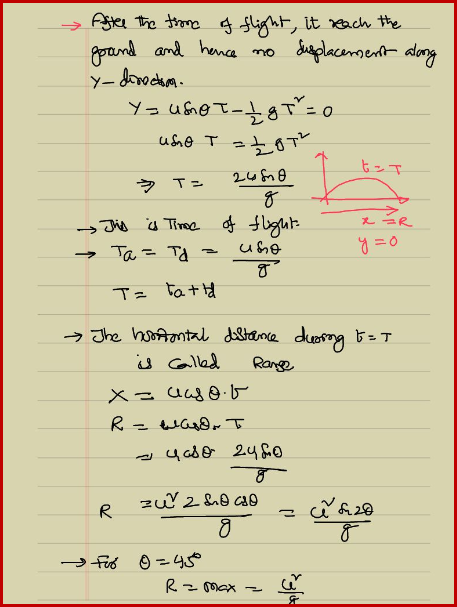

When a jet or stream of water comes out of a hose. When you hit a golf ball and it takes flight. When you throw a disc in the discus throw. When you fire a cannonball from a cannon. When a football player kicks the ball during a game. Here are some examples of projectiles in the real world: Some good examples will help you understand the concept even better. It’s a very common concept in physics and in other fields as well. You can find projectile motion all around us. When you think about it, projectile motion is a very logical concept. When it comes to projectile motion, you always omit or ignore air resistance. There’s only one force which acts on a projectile motion and that’s the force of gravity. If you trace the path of the arrow, you would have a curve or a “parabola.” Any other object which moves, in the same way, is in a projectile motion. Finally, it starts to descend which means that its movement becomes forward and downward until it hits the floor. The further the arrow flies, the slower it ascends. The arrow starts its journey by moving forward and up at the same time with some inclination to the floor. Try to think about how an archer sends one of his arrows in the air from his bow. Therefore, if vy – g * t(vy=0) = 0, you can modify the formula to t(vy=0) = vy / g. In other words, the vertical velocity equals zero for a moment. This means that the object’s vertical velocity shifts from positive to negative. As soon as the projectile reaches its maximum height, its upward movement stops and it starts to fall. The range of the projectile refers to the total distance traveled horizontally during the entire flight time. This happens when the vertical distance is equal to zero or, when expressed as a formula: vy * t – g * t^2 / 2 = 0. The time of flight ends as soon as the object in projectile motion hits the floor. The vertical acceleration is equal to -g since gravity is the only force which acts on the projectile. The horizontal acceleration is always equal to zero. The formula for the vertical distance from the ground is y = vy * t – g * t^2 / 2, where g refers to the gravity acceleration. You can express the horizontal distance traveled x = vx * t, where t refers to time. The vectors vx, vy, and v all form a right triangle. When using these equations, keep these points in mind: For the Maximum Height, the formula is ymax = vy^2 / (2 * g). For the Range of the Projectile, the formula is R = 2* vx * vy / g. For the Time of Flight, the formula is t = 2 * vy / g. For the Vertical Velocity variable, the formula is vy = v * sin(θ). For the Horizontal Velocity variable, the formula is vx = v * cos(θ). #PROJECTILE MOTION EQUATIONS WITHOUT TIME MANUAL#
But if you’d like to learn these equations to perform manual calculations, here they are: This is why it’s easier and much more convenient to use the projectile motion calculator. When it comes to projectile motion, there are several equations to think about. These provide you with the values needed without manual computation. Rather than using the projectile motion equations to find the projectile motion, you can use the projectile motion calculator which is also known as horizontal distance calculator, maximum height calculator or kinematic calculator. When calculating projectile motion, you won’t take air resistance into account to make your calculations simpler. This motion is also called projectile motion. When a particle gets obliquely projected near the surface of the Earth, it moves in the vertical and horizontal directions simultaneously. The second is vertical motion which has constant acceleration because of gravity. The first one is horizontal motion where there’s no acceleration.

Some examples of objects in projectile motion are a baseball, a football, a cricket ball, and any other object that’s either thrown or projected. Do this when you need to solve for unknown parameters. This acceleration occurs in a vertical direction, and it occurs because of gravity or “g.” Therefore, you can apply projectile motion equations separately in y-axis and x-axis. While in a projectile motion, there is only one type of acceleration working. The projectile motion refers to the movement of the object.

The word “projectile” refers to any object that’s in flight after it gets projected or thrown.







 0 kommentar(er)
0 kommentar(er)
